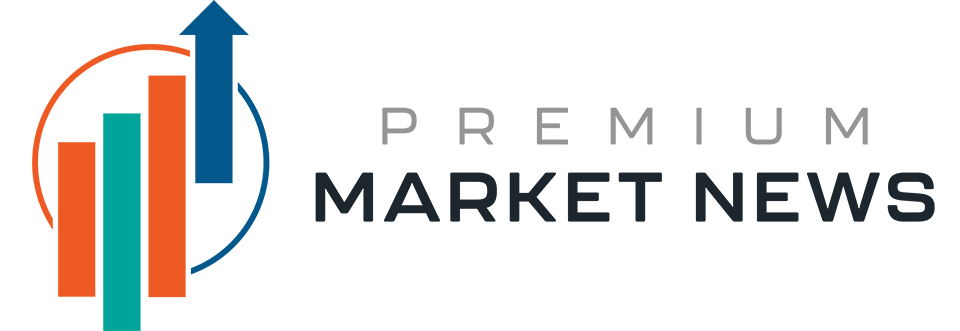view original
post
The Federal Reserve opted to hold interest rates steady at its January meeting, following a series of three consecutive cuts between September and December 2024. After those cuts, which cumulatively reduced the central bank’s overnight borrowing rate by a full percentage point, it now remains in a target range between 4.25%-4.50%.
The Fed’s decision at its first meeting since the start of the second Trump administration “comes despite President Donald Trump’s pressure on policymakers to drive rates lower,” said NBC News, though it is in line with what Federal Reserve Chair Jerome Powell had previously indicated the Fed would do. While Powell “spoke positively about the state of the economy, calling it ‘strong’ and the labor market ‘solid'” at a press conference following the January meeting, he maintained that going forward, “the broad sense of the committee is that we don’t need to be in a hurry to adjust our policy stance,” said The New York Times.
What will the Fed do next?
“This is a central bank that is in no hurry to lower interest rates,” said the Times. That said, Powell has “signaled his support for rates to continue falling over time.”
Subscribe to The Week
Escape your echo chamber. Get the facts behind the news, plus analysis from multiple perspectives.
SUBSCRIBE & SAVE
Sign up for The Week’s Free Newsletters
From our morning news briefing to a weekly Good News Newsletter, get the best of The Week delivered directly to your inbox.
From our morning news briefing to a weekly Good News Newsletter, get the best of The Week delivered directly to your inbox.
As it stands there are a multitude of factors affecting the timing of those futures cuts. For one, inflation remains “sticky,” with consumer prices in December “up 2.9% from a year ago — a slightly larger annual increase than the previous month,” said NPR. The Fed is also keeping an eye on the labor market, which “has proven to be remarkably resilient, with employers adding more than a quarter-million jobs last month.”
And then there is the question mark of Trump’s policy plans. “The president has threatened widespread tariffs, for example, which could lead to higher prices for consumers,” while “mass deportations could also limit the workforce, making it harder to bring prices under control,” said NPR.
For now, Powell claims “the Fed is ‘watching carefully,’ and it won’t be in a hurry to respond to the administration’s policies ‘until we see how it plays out,'” said CNN Business. Further, said NBC News, Powell maintained in response to questions about pressure on the Fed from Trump, that the “public should be confident that we will continue to do our work as we always have.”
When is the next interest rate decision?
The Federal Reserve next meets March 18-19. It is unclear what its upcoming moves will be, as “analysts are noting that Powell took pains to avoid sending any signals about the path of rates,” said the Times. “The language describing the balance of risks and the policy guidance leaves options open for cutting again in the future, pausing for any length or time or even raising rates again in the future,” Thomas Simons, a U.S. economist for the investment bank Jefferies, said in a note to clients, per the Times.
How do interest rates affect the economy?
The Fed uses interest rates “like a gas pedal and a brake pedal,” Forbes said. Lowering rates stimulates the economy; raising rates slows the economy down. The agency doesn’t actually set the funds rate — banks do that — but “the Fed assumes that banks will use it as a floor in their own lending,” Forbes added.
Rate changes usually take “at least 12 months” to have “widespread economic impact,” Investopedia said. But the stock market reacts immediately. For example, when Powell signaled last year that further interest rate hikes were likely, the market went into a bit of a tailspin. The major indexes each fell more than 1%. Beyond stocks selling off, “Treasury yields rose and the dollar extended again after Powell’s comments,” said Reuters.
What do rate cuts mean for your wallet?
Now that the Federal Reserve has finally started on what is expected to be a series of rate cuts, a new question emerges for consumers: What do they mean for your finances?
For the most part, it is good news. It is expected that these long-awaited interest rate cuts “will provide some welcome relief for consumers who are in the market for a home or auto purchase, as well as for those carrying pricey credit card debt,” said CBS News.
However, these effects may not be apparent immediately. For mortgage borrowers, for instance, “there may be a delay, in part because many lenders have already priced in a Fed cut in the near term,” said The Washington Post.
Meanwhile, “other rates, for personal loans, credit cards, and auto loans, are typically more closely tied to actual changes in the Fed’s policy rate and should drop soon after the Fed acts,” said Reuters, citing Parthenon’s Gregory Daco.
It is not all good news. Rate cuts “could also have a downside of shaving the relatively high returns recently enjoyed by savers,” said CBS News. In fact, “some experts have predicted that the top savings accounts could see rates drop by as much as 0.75 percentage points after the Fed cuts rates.”
Still, especially with continued cuts, a lower benchmark rate “provides additional relief to millions of Americans grappling with high borrowing costs,” said CBS News. And as indicated in election exit polls, many are “still hurting from the sharpest inflation in 40 years” and have “expressed dissatisfaction with the nation’s economic trajectory.”
